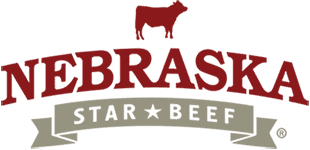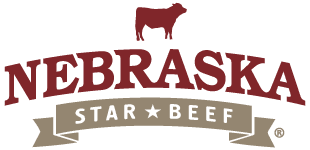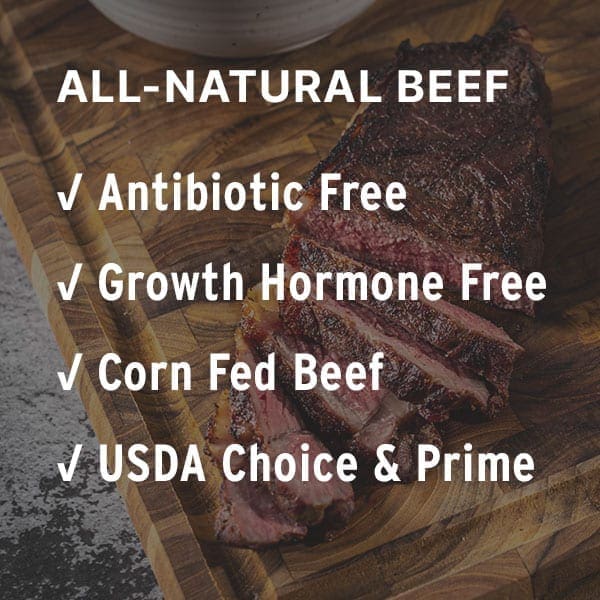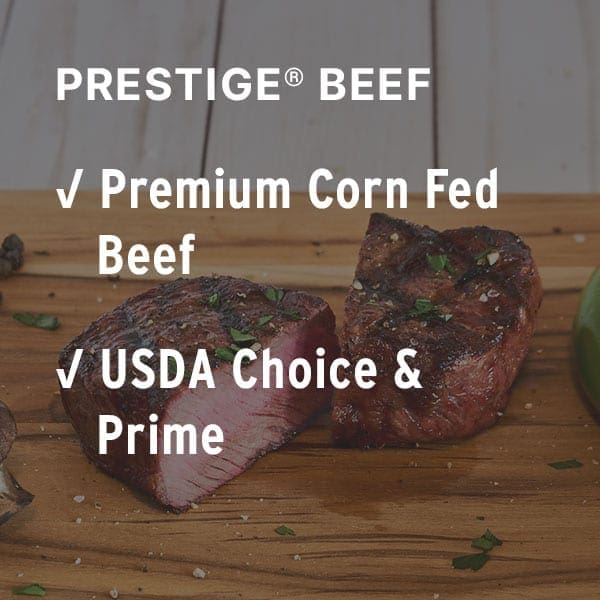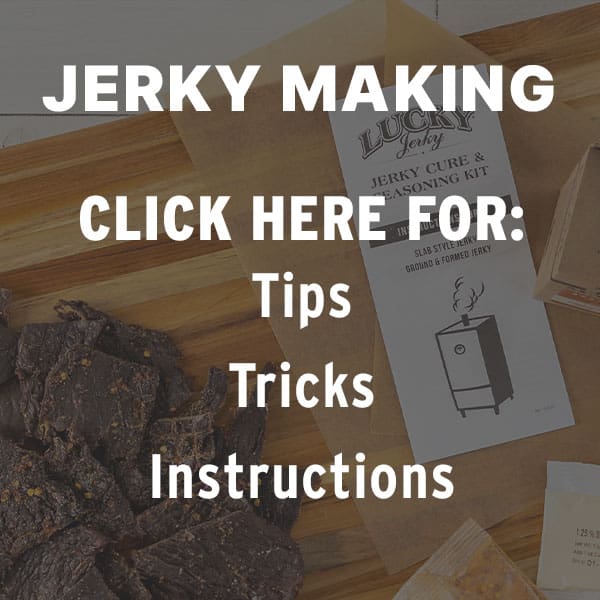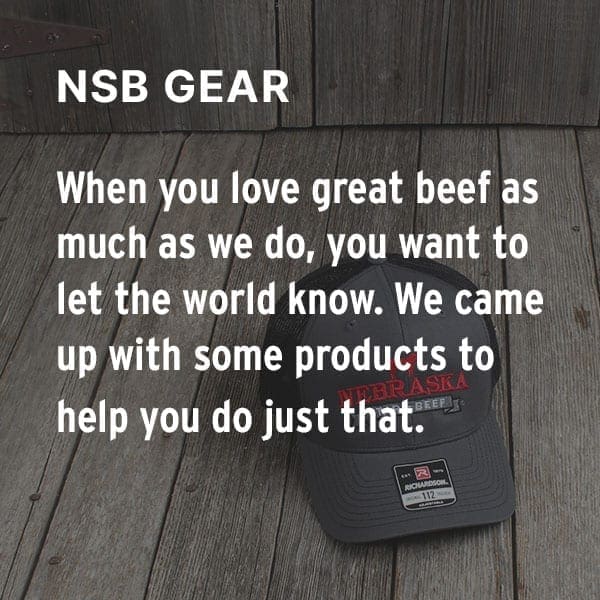Aging beef is something that a lot of companies talk about in their marketing, but too few consumers truly understand precisely what they are talking about. The point of aging beef is very simple: To enhance the Premium Steak experience. It also adds significant time to the production process, which adds cost. It can also cause beef to “shrink” which also adds cost due to significantly reduced yield. A few questions come to mind immediately: How does “aging” work?? Won’t beef spoil if it’s just left sitting around?? How is the process controlled?? How long does it take?? Let’s dive into the aging process and try to dispel some myths and provide a little deeper understanding of exactly what it means when you read “Aged 21+ days” on the menu at your favorite restaurant.
First off, there are two types of aging. Wet Aging and Dry Aging. They are very different processes. Both are effective and both deliver positive results.
“Wet aging” is a process that the packers started to promote decades ago when cryovac packaging of “primals” became the standard method for packing beef. “Primals” are the large muscle groups from which commonly know steaks are cut – ribeye, strip, sirloin, T-bone, Filet, etc. “Wet aging” is the time between when the primal goes in the cryovac package and when the package is opened to be cut into steaks. It can encompass time in the warehouse, aging on the delivery truck, train or ship, it can be wet aging while it’s sitting in the back room of the butcher shop or kitchen cooler in a restaurant. There are two key factors critical for wet aging: 1. The primal must remain sealed in the heavy, well sealed, cryovac bag in which they were sealed by the packer. 2. A very well controlled temperature that is just above freezing, usually around 32 – 34° F. Beyond that, all that is required to wet age successfully is time. For product to be considered “wet aged” it generally needs to be aged 14 days or longer, and it’s not uncommon for 60+ days to elapse in the wet aging process. Over time, the meat will tenderize significantly and develop a more complex flavor. We have experimented with wet aging periods and we’ve found our best results in the 35 to 60 day range, but never less than 35 days. Wet aging is well suited to contemporary beef production methods and beyond maintaining the integrity of the package and the storage temperature, there’s not much skill required to age successfully – it’s a very simple project. There is little to no shrink associated with wet aging.
Dry aging, on the other hand, is a completely different process. While the basic goal is he same; to enhance beef quality. Dry aging beef is a process more in line with the aging of cheese or charcuterie. Storage temperature is still a major factor, and 32 – 34F being necessary, but the cryovac bag is eliminated and the beef is exposed to the atmosphere in the cooler. In addition to the atmosphere, the beef is exposed to the bacteria that live in the cooler and every cooler will tend to develop it’s own unique biology which results in a unique flavor that is imparted into the beef. Dry aging periods can range from 35 days on out to 120+ days and beyond, depending on the desired result. Dry aging is a much less common practice than wet aging, mainly because it is not “mass production friendly”. Dry aging guarantees significant product shrink – for example: a Rib roll that starts at 15 lbs may only weigh 10 lbs after the aging process. On the up side, there is now 15 lbs of flavor condensed into a 10 lb rib roll … but the cost doesn’t shrink, only the beef does. What this means is that if a 15 lb rib roll is $10/pound = $150 for the rib roll … After dry aging, now it’s $150 ÷ 10 lbs = $15/ per pound of dry aged steak. Dry age shrink is EXPENSIVE!! In addition to the significant shrink due to moisture loss, a significant portion of the outer layer will need to be trimmed prior to cutting steaks, so the end yield for our dry aged rib roll may be < 60% of the original start weight. If one compares that to wet aging … wet aged rib roll will yield closer to 90% finished product.
So, what is the Nebraska Star® Beef aging process? While dry aging is a very unique and “impossible to duplicate in a production setting” type process and flavor, we have worked hard to stack the deck in our favor as best possible. One of the major advantages that we have over other beef producers is that we work very closely with a local butcher shop/packing house to kill and pack all of our own cattle. While it is currently not feasible for us to dry age individual steak primals prior to cutting steaks, we still do things a little different than other companies. After our animals are killed they go into the cooler as hanging halves, just like at the big packing houses. Except, most of the big houses let the halves hang & cool for 24 – 48 hours. We hang our halves in the cooler for 24 days or longer. After this extended cooling period which has a similar effect as dry aging, but with much less shrink, we break the halves down into primals, bag them and wet age for another 35 – 60 days. This produces beef that is impeccably tender, very flavorful, but we are able to avoid a great deal of the shrink that is normally associated with dry aging by hanging the carcass half much longer than others are able. This gives us the best of both worlds, while minimizing shrink.
Wet aging definitely affords the most control over the aging process and for large volume producers, there is no better way. The flip side is that there is often significant variation in how long the product is actually aged, depending on market demand for certain cuts, etc, which can mean that the end product is inconsistent from steak to steak. Dry aging will always have a place among the most discerning individuals who are looking for something unique and exclusive. Dry aging will almost always happen at the butcher shop or restaurant level as, by its very nature, it is more of a craft than a prescribed process.
Aged beef is generally better beef, but it is very important to know the finer points and how they effect the final product. There is no shortage of resellers who are content to market beef with only “transportation time” in cryovac as true “wet aged beef”. To honestly know what you are getting, ask your beef supplier to get specific with regard to how they age their beef and don’t ever hesitate to ask questions.
